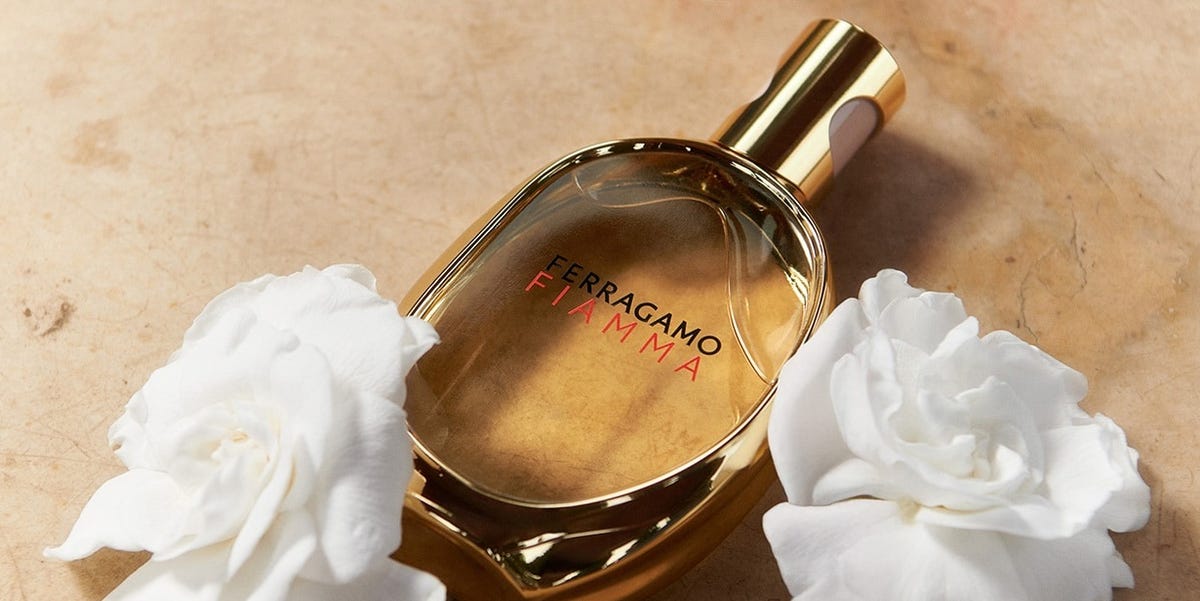This Is Definitely Not Your Nonna’s Tiramisu


With the rise of matcha tiramisu, tiramisu cafes, and tiramisu focaccia, trendy and transportive interpretations are transforming the classic dessert
During a recent visit to Kalaya, a popular Thai restaurant in Philadelphia, I ended a meal with a Thai tea tiramisu. To swap out one caffeinated drink for another was a clever play, and the addition of lime curd gave it a jolt of brightness. Yet, lush in texture and lightly sweet, it still called to mind tiramisu.
Not long before that, at Brooklyn bistro the Snail, I had a “chocosu.” Conceptually reminiscent of chocoflan, it featured tiramisu assembled atop charcoal-black chocolate cake. For me, tiramisu is one of those always-order desserts; a slight riff, even more worthwhile. Still, it seems we’ve surpassed the realm of “slight.”
Through social media, I see blood orange tiramisu, chai tiramisu topped with saffron cream and pistachios, tourist-bait matcha tiramisu in Kyoto, pandan coconut tiramisu in Los Angeles, and Biscoff tiramisu, scooped tableside in Melbourne. I scroll by tiramisu focaccia, protein-enhanced tiramisu baked oats, and fancy creamtop tiramisu lattes.
If tiramisu’s appeal was once its timeless restraint — that reassuringly predictable combination of coffee, cocoa, mascarpone, and alcohol — well, that’s gone out the window. In this era of “chaos cooking” and “flavormaxxing,” when diners increasingly require complicated, transportive, and globally in-the-know flavor profiles, tiramisu, too, has undergone an It-ingredient rebrand. It’s less Nonna’s pantry, more “global pantry” — and people all over the world are eating it up. Someone please check on the Italian traditionalists!
/cdn.vox-cdn.com/uploads/chorus_asset/file/25988159/Copy_of_Untitled_design__2_.png) Courtesy of Cafe Two by Two
Courtesy of Cafe Two by Two
The pinnacle of this shift is the tiramisu bar, a concept that’s gaining traction globally. At Cafe Two by Two in New York City, the fridge case holds 18 different tiramisus at a time, a display that calls to mind the abundance of a good gelato shop. There’s original, of course, but that’s just a gateway to a wider array of flavors, most of which are Asian-inflected: peach lychee, taro mochi, Thai tea-Ovaltine, durian soybean, and, most mind-bending of all, seaweed pork-floss taro (yes, all on one slice).
Though the establishment now boasts that it’s the city’s “first tiramisu cafe,” it first opened as a cafe serving straightforward mousse cakes and cream puffs. In September 2024, it shifted to tiramisu, aiming to create a destination-worthy concept and incorporate Chinese flavors into Italian tradition. With tiramisu, “you don’t have to educate your customer,” says owner Echo Wu. People know it, but they’ve likely never seen it like this — taro purple, matcha green — so it’s instantly engaging, especially on social media. One video featuring the cafe hit over a million views.
While Cafe Two by Two might be the first (and as of this writing, seemingly only) dedicated tiramisu cafe in NYC, similar concepts appear in other parts of the world. In Paris, there’s the “tiramisu fusion” Misutira, a cafe that has tiramisu flavored like matcha, lemon and dried plum, pistachio and cranberry, pumpkin, or jasmine and nectarine. In China, streetside stands bearing colorful trays of tiramisu have gone viral, and there’s an internet-famous tiramisu bar inside the Melbourne grocery store La Manna.
Sometimes, tiramisu merges with other desserts in a way that highlights their inherent similarities — of course tres leches tiramisu needed to exist, for example. Filipinos, meanwhile, ever fans of wordplay, have mashed tiramisu up with the banana leaf-wrapped rice cake called suman. The result: tiramisuman.
Everything served at Paul Chuanchaisit’s Los Angeles supper club DAG has some sort of Thai influence, he explains. With tiramisu having been a favorite dish from his childhood, Chuanchaisit wanted to play with the dessert for DAG, which has offered dishes like panang curry pappardelle. Fittingly, Chuanchaisit’s tiramisu features pandan, coconut, and matcha.
The swap seemed natural enough. “In Western cuisine, they usually use vanilla, and in Asian cuisine, we use pandan,” Chuanchaisit says. “Italian people use coffee.” But to him, that can easily be swapped for another drink; he’s also been working on tiramisu using hojicha, the roasted green tea. Tiramisu is “like a vessel, where you can add your own flair to it,” he says.
/cdn.vox-cdn.com/uploads/chorus_asset/file/25988135/Copy_of_7_DSCF2149.jpg) Courtesy of Cafe Two by Two
Courtesy of Cafe Two by Two
For a Mexican American take on tiramisu, Edith Galvez, content creator and author of the forthcoming In Edith’s Kitchen, replaces ladyfingers with cinnamon-flavored Marias Gamesa cookies, which she grew up eating often with hot chocolate.
Younger generations, in particular, seem drawn to this kind of riffing, according to Ada Hu, who works with Cafe Two by Two on marketing. “The hesitancy at the beginning was, we’re not Italians; can we do this?” she says. “But the newer generation, Gen Z, is embracing the international hybrid of cultures. They appreciate this new category.” The cafe is now trying to introduce one new specialty flavor a month, like a recent mango sticky rice tiramisu. Hu points to the success of cookie chain Crumbl, which releases a new set of flavors every week: The point is to give people a reason to come back.
While these versions of tiramisu exist mostly in earnest, it feels like every day I am also seeing a new, semi-unhinged tiramisu — most recently, pickle tiramisu. In 2023, the Manchester, England pasta restaurant Onda gained massive attention with videos of its tiramisu drawer, an easy-access holding place for tiramisu during service. One of Onda’s videos picked up over 24.6 million views, and suddenly, people all over the world dreamed of having a tiramisu drawer. Some people then recreated the concept in their home fridges. A joke? Maybe. Engagement bait? For sure.
Naturally, new provocateurs upped the ante. They built tiramisu in the bed of a pickup truck, in the center console of a car, and in the basket of a Citi bike. Maybe there’s another phrase for the current phenomenon: Tiramisu might just be in its troll era.















































































































































































